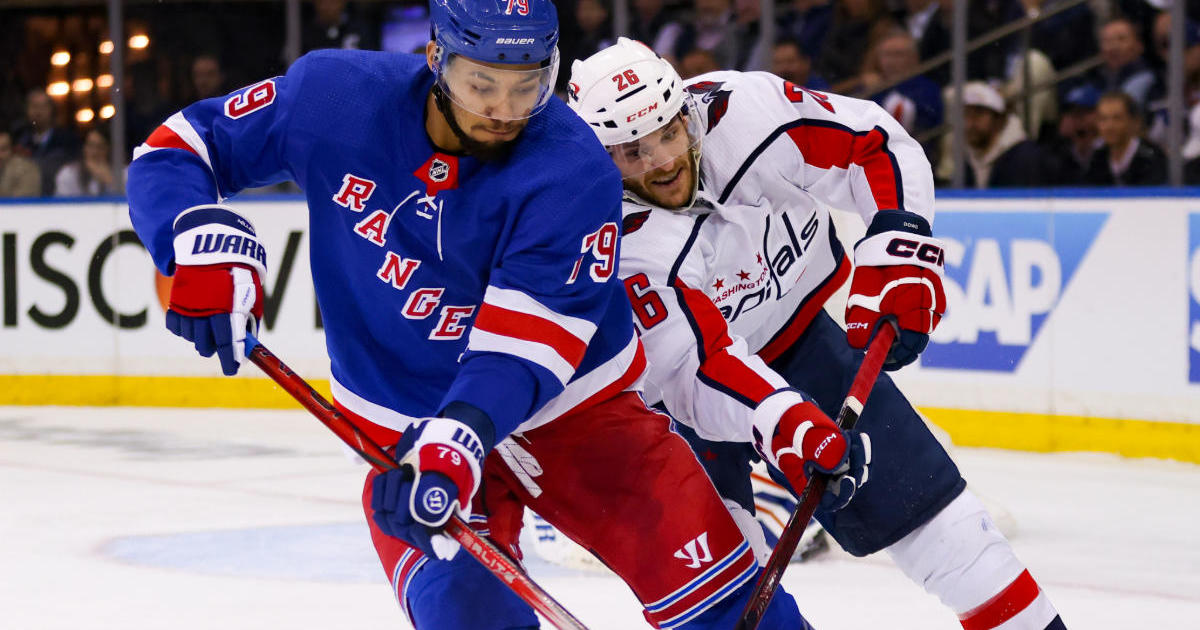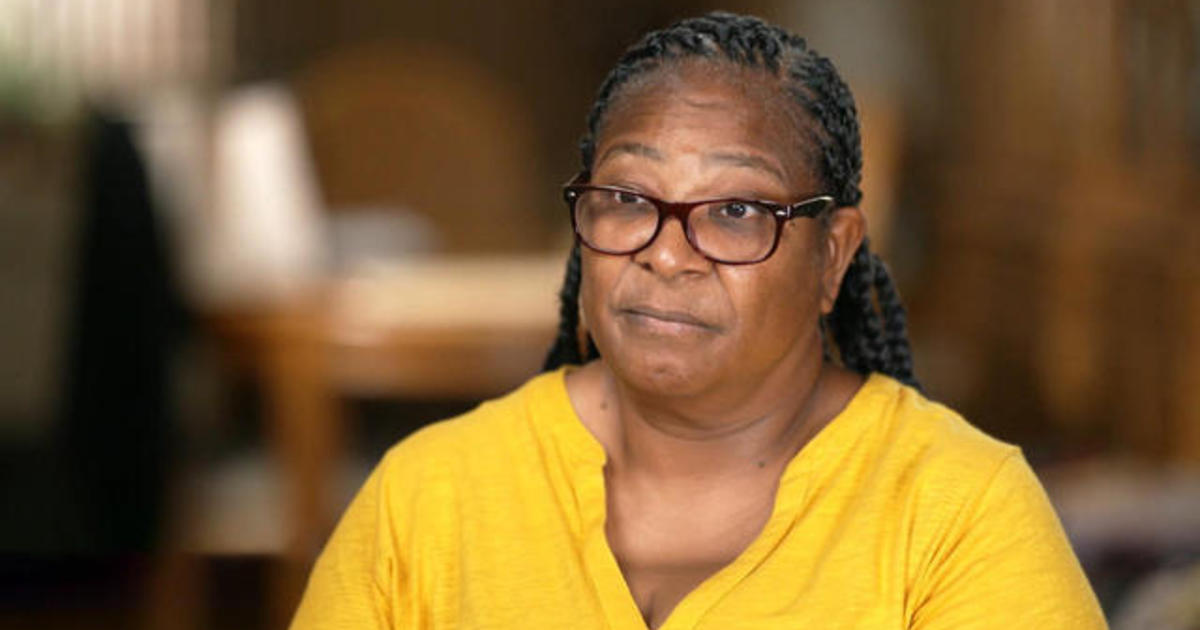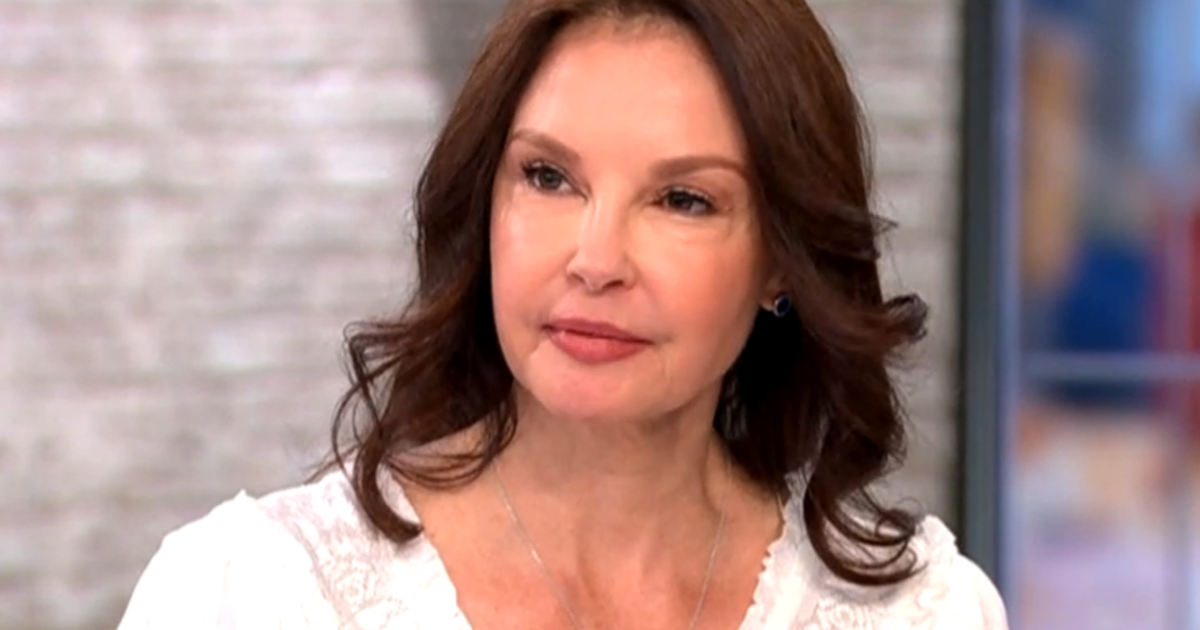"Their sexuality has been hijacked": How porn is affecting America's kids
Watch the CBS Reports documentary, "Speaking Frankly: Porn," in the video player above.
Ryan, a senior in high school, recalls his early sexual encounters as attempts to replicate an idea of sex he says was shaped by pornography. "Me getting on top of her, and holding her down, and doing all this stuff that I had seen and was just trying to implement and just trying to replicate ... as a man who had only experienced porn, that's what I perceived to be the only way that you could do it."
The internet brought with it a boom in access to free pornography, and although many sites warn that the content is for adults 18 and over, there is very little standing in the way of accessibility. Children and teens can easily find it with a simple search. A survey of 330 men by the American Psychological Association found that the average age of first exposure to pornography was 13.37 years old, with the youngest exposure as early as 5 years old.
Ryan says he started watching porn around the time he started middle school. "It was kind of a rush, just because I grew up in the Catholic school system," he explained. "The only thing we really were taught about in terms of sex was don't have it, or at least don't have it until you're married. So that kind of, that easy access to sexual gratification was just kind of invigorating."
Most minors around the country navigate sex and pornography without context or guidance from their parents or teachers. In the U.S., only 29 states mandate that schools offer sex education and just 17 states require that information to be medically accurate. "I think far too few students in the U.S. are getting what they need in terms of sex education," says Emily Rothman, Professor of Community Health Sciences at the Boston University School of Public Health. "We know for sure that there are adolescents who use pornography in order to learn about sex."
Even if someone is living in a state where sex education is mandated, lessons pertaining to porn are not a requirement, so minors may be watching disturbing or violent pornography without any reality check from a responsible adult. A 2010 study that analyzed best-selling 2004 and 2005 porn videos noted that 88% of scenes showcased verbal or physical aggression. And a more recent analysis of over 6,000 mainstream heterosexual porn scenes found that 33% contained "purposeful action appearing to cause physical or psychological harm to another person."
Dr. Don Hilton, a San Antonio-based neurosurgeon, says exposure to pornography that showcases aggression not only changes the way people view sex, but it can rewire the brains of adolescents. "The frontal executive control area, the wires that connect that with the reward center are effected in people that watch a lot of pornography," Hilton says. "I think youth today, their sexuality has been hijacked. Their sexual scripts have been pre-written by pornography."
All the evidence indicates pornography and its impact on young people isn't going to go away any time soon. Pornhub.com is the seventh most popular website in the world, garnering more traffic than Netflix or Instagram. According to the site, 4.79 million new videos were posted in 2018 alone.
Veteran porn film director Mike Quasar says this influx in content has created a scenario where producers need to be more creative than ever in order to stand out. "It's not even about porn anymore, it's about marketing," Quasar says. "The porn is kind of secondary because since porn has been free, it's been increasingly difficult to get people to pay for it. So now you're just trying to come up with the most outlandish ideas to get anybody to click through to anything to possibly pay for something."
As porn viewers have become younger, and the content they consume has become more "outlandish," educators have looked for ways to help students develop a healthier understanding of human sexuality than what they may have seen on screen. In 2016, The Boston Public Health Commission introduced a "Porn Literacy" curriculum for local high school students involved in the Start Strong peer leadership program. The course aims to "help youth interpret and make sense of the sexually explicit media to which they are exposed," and includes discussion of healthy relationships, gender and sexuality, and dating violence prevention. (The program is careful to note, "We NEVER show porn" to students.)
The program's director, Jess Alder, says porn literacy helps young people confront the messages they may be absorbing from the media they consume. "I think there is importance with our young people applying a critical lens to any of the media, whether it's porn or whether it's a TV show, so that they learn that what's on the screen isn't the full truth."



